
-
Find the right food for your petTake this quiz to see which food may be the best for your furry friend.Find the right food for your petTake this quiz to see which food may be the best for your furry friend.Featured products
 Adult Wet Dog Food with Beef
Adult Wet Dog Food with BeefHill's Science Plan Adult Multipack Wet Dog Food with Chicken, Beef & Turkey are complete premium pet foods for adult dogs from 1 year. Your dog will love these deliciously smooth and savoury minced loaves, formulated for balanced nutrition and overall health.
Shop Now Puppy Food
Puppy FoodHill's Science Plan Puppy Multipack Wet Dog Food with Chicken & Beef are complete premium pet foods for growing puppies from weaning until 1 year old and for pregnant and nursing dogs. Your puppy will love these deliciously smooth and savoury minced loaves, formulated for balanced nutrition and overall health.
Shop Now Mature Adult Dog Food
Mature Adult Dog FoodHill's Science Plan Mature Adult Multipack Wet Dog Food with Chicken & Beef are complete premium pet foods for mature adult dogs from 7 years. Your dog will love these deliciously smooth and savoury minced loaves, formulated to deliver the appropriate amount of energy to support the needs of adult dogs.
Shop NowFeatured products Adult Multipack Wet Cat Food with Beef, Ocean Fish & Chicken
Adult Multipack Wet Cat Food with Beef, Ocean Fish & ChickenTender chunks in gravy for cats, with high-quality protein to maintain lean muscle. With vitamin E and omega-3s & -6s for healthy skin and balanced minerals to support healthy vital organs.
Shop Now Light Adult Multipack Wet Cat Food with Chicken & Ocean Fish
Light Adult Multipack Wet Cat Food with Chicken & Ocean FishTender chicken chunks in gravy for cats, with L-carnitine and fewer calories for ideal weight management. Packed with high-quality protein, omega-6s, and vitamin E for shiny fur and healthy skin.
Shop Now Mature Adult Wet Cat Food with Chicken
Mature Adult Wet Cat Food with Chicken
Tender chicken chunks in gravy for mature adult cats. Made with easy-to-digest ingredients, high-quality protein for lean muscle maintenance and antioxidant vitamins C+E for optimal health.
Shop Now -
Dog
- Dog Tips & Articles
-
Health Category
- Weight
- Food & Environmental Sensitivities
- Urinary
- Digestive
- Joint
- Kidney
-
Life Stage
- Puppy Nutrition
- Adult Nutrition
- Senior Nutrition
Cat- Cat Tips & Articles
-
Health Category
- Weight
- Skin & Food Sensitivities
- Urinary
- Digestive
- Kidney
-
Life Stage
- Kitten Nutrition
- Adult Nutrition
Featured articles The Right Diet For Your Pet
The Right Diet For Your PetIn people, the right diet is very important. If you are eating the wrong way for your metabolism, activity level, age and lifestyle you could end up with health issues.
Read More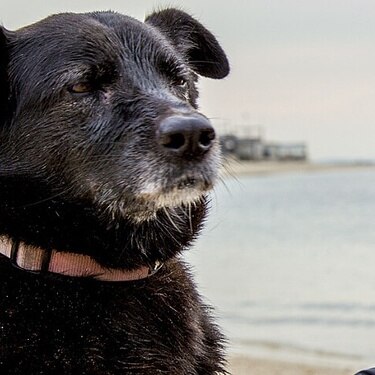 Help! My Dog Doesn't Like Me & I Have a Standoffish Cat
Help! My Dog Doesn't Like Me & I Have a Standoffish CatIf you've ever thought to yourself, "My dog doesn't like me," or "Why do I have such a standoffish cat?" rest assured that you aren't the only pet parent who has these concerns.
Read More Show some love with wet foods: a great choice for pets with health issues
Show some love with wet foods: a great choice for pets with health issuesShow some love with wet foods: a great choice for pets with health issues.
Read More -


You know your dog needs to be groomed regularly, but did you know that cleaning your dog's paws is an important part of their grooming routine?
When out for a walk or playing in the garden, your dog’s paws are exposed to rough surfaces, wet ground, dirt and debris. Those adorable little paw pads on your dog’s feet help to protect them from impact, extreme temperatures and uneven terrain, but it’s still important to keep your dog’s paws in tip-top condition. If paw cleaning isn't already part of your dog care regimen, here's how to get started.
How Often Should You Clean Your Dog's Paws?
Unlike bathing your dog, which the UK Kennel Club recommends you do every couple of months, there aren't specific guidelines for how often dog paw cleaning should occur. However, consider checking your dog's paws on a regular basis. Depending on their level of exercise and the season (harsh summers and winters can be tough on your pet's paws), you can adjust the schedule to fit your dog's needs. If you frequently take your dog hiking, for example, you may need to check and wash their paws after every walk. On the other hand, a dog who spends most of their time indoors and just goes on light neighbourhood walks might only need a cleaning when the weather is bad and their paws get dirty or wet.
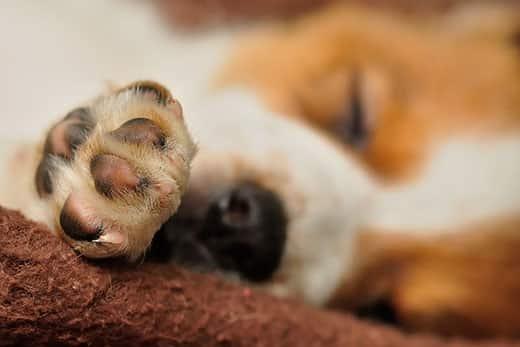
Preparing for a Dog Paw Cleaning
Debris often gets stuck between the paw pads or in the toenails, so it's important to check your dog's paws before lathering them up.
Look for anything that doesn't belong on your dog's paw, such as thorns, foxtails and ticks, or minuscule broken pieces of glass, shells or other material. You'll also want to look for splinters or anything embedded into your dog's nails or paw pads. If you find anything, remove it carefully.
Next, if you have a medium- or long-haired dog, take a moment to trim the hair on the bottoms of their paws; this can prevent matting, keep dirt from sticking, and help your dog’s paws stay clean. The hair should be approximately as long as the pads.


Tasty Tips
Cleaning Your Dog's Feet
If you've bathed your dog before, you'll find it simple to do a dog paw cleaning. After checking your dog's paws and trimming their hair, wet their feet, lather with mild dog shampoo and rinse. Don't forget to keep a towel nearby to dry your pet's paws so they don't slip or leave wet footprints around your house.
If you want to do a routine dog paw cleaning after a quick walk, just gently wipe the paws with a washcloth and water. If you want to use wipes, Dogs Monthly magazine recommends only using wipes that are unscented and made with natural ingredients, with no alcohol or harsh cleaners. To be on the safe side, choose wipes that are made especially for dogs or ask your veterinarian for a recommendation.
Don't forget to trim your dog's nails and dewclaws (the extra nails on the sides of their paws) if needed. Nails should end just before touching the ground and you shouldn’t be able to hear clicking when your dog walks. The Animal Trust warns that it can be challenging to cut a dog’s nails correctly, so if you're not comfortable doing this yourself, be sure to ask a professional groomer or your vet to do this at their next appointment.
Cleaning your dog's feet is just one small aspect of being a dog parent, but it's also a great opportunity to build your bond with your dog and remind them you'll always be there to take care of them.


Erin Ollila believes in the power of words and how a message can inform—and even transform—its intended audience. Her writing can be found all over the internet and in print, and includes interviews, ghostwriting, blog posts, and creative nonfiction. Erin is a geek for SEO and all things social media. She graduated from Fairfield University with an M.F.A. in Creative Writing. Reach out to her on Twitter @ReinventingErin or learn more about her at http://erinollila.com.
Related products

Hill's Science Plan Mature Adult Multipack Wet Dog Food with Chicken & Beef are complete premium pet foods for mature adult dogs from 7 years. Your dog will love these deliciously smooth and savoury minced loaves, formulated to deliver the appropriate amount of energy to support the needs of adult dogs.
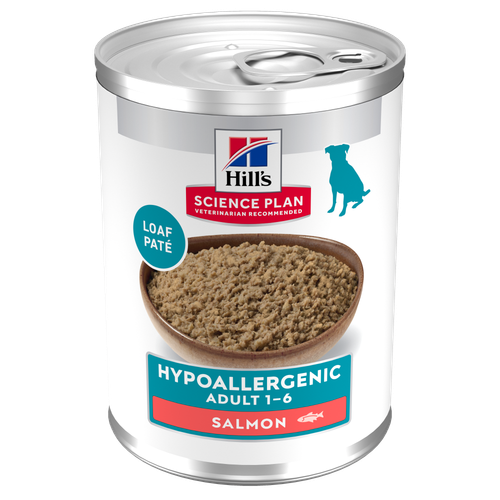
Hill's Science Plan Hypoallergenic Adult Wet Dog Food with Salmon is a complete premium pet food for all adult dogs from 1 year. This savoury tinned loaf is specially formulated for dogs with delicate skin and stomachs. It features a single novel animal protein source and is grain-free.

Hill's Science Plan Adult Multipack Wet Dog Food with Chicken, Beef & Turkey are complete premium pet foods for adult dogs from 1 year. Your dog will love these deliciously smooth and savoury minced loaves, formulated for balanced nutrition and overall health.

Hill's Science Plan Puppy Multipack Wet Dog Food with Chicken & Beef are complete premium pet foods for growing puppies from weaning until 1 year old and for pregnant and nursing dogs. Your puppy will love these deliciously smooth and savoury minced loaves, formulated for balanced nutrition and overall health.
Related articles

Learn effective tips for feeding a dog that's a picky eater and ensure proper nutrition for a finicky eater. Discover tips for pet parents at Hill's Pet UK.
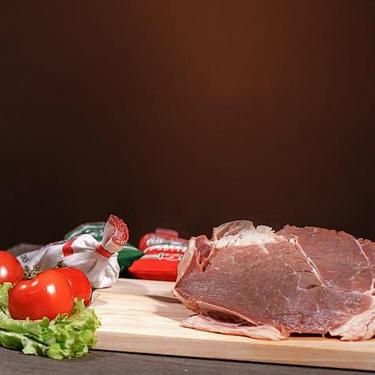
Learn about the potential health risks of a raw diet for dogs and why they aren't the best option for your pup or you.

Many human foods are dangerous to dogs. Read about 5 of the worst toxic food offenders that can kill your dog - and how much it takes to hurt them.
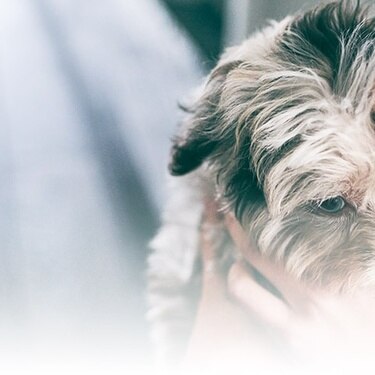
How, when and what to feed your new puppy is an important decision, learn more about the things to consider for feeding your puppy.

Put your dog on a diet without them knowing
Our low calorie formula helps you control your dog's weight. It's packed with high-quality protein for building lean muscles, and made with purposeful ingredients for a flavourful, nutritious meal. Clinically proven antioxidants, Vitamin C+E, help promote a healthy immune system.
Put your dog on a diet without them knowing
Our low calorie formula helps you control your dog's weight. It's packed with high-quality protein for building lean muscles, and made with purposeful ingredients for a flavourful, nutritious meal. Clinically proven antioxidants, Vitamin C+E, help promote a healthy immune system.

